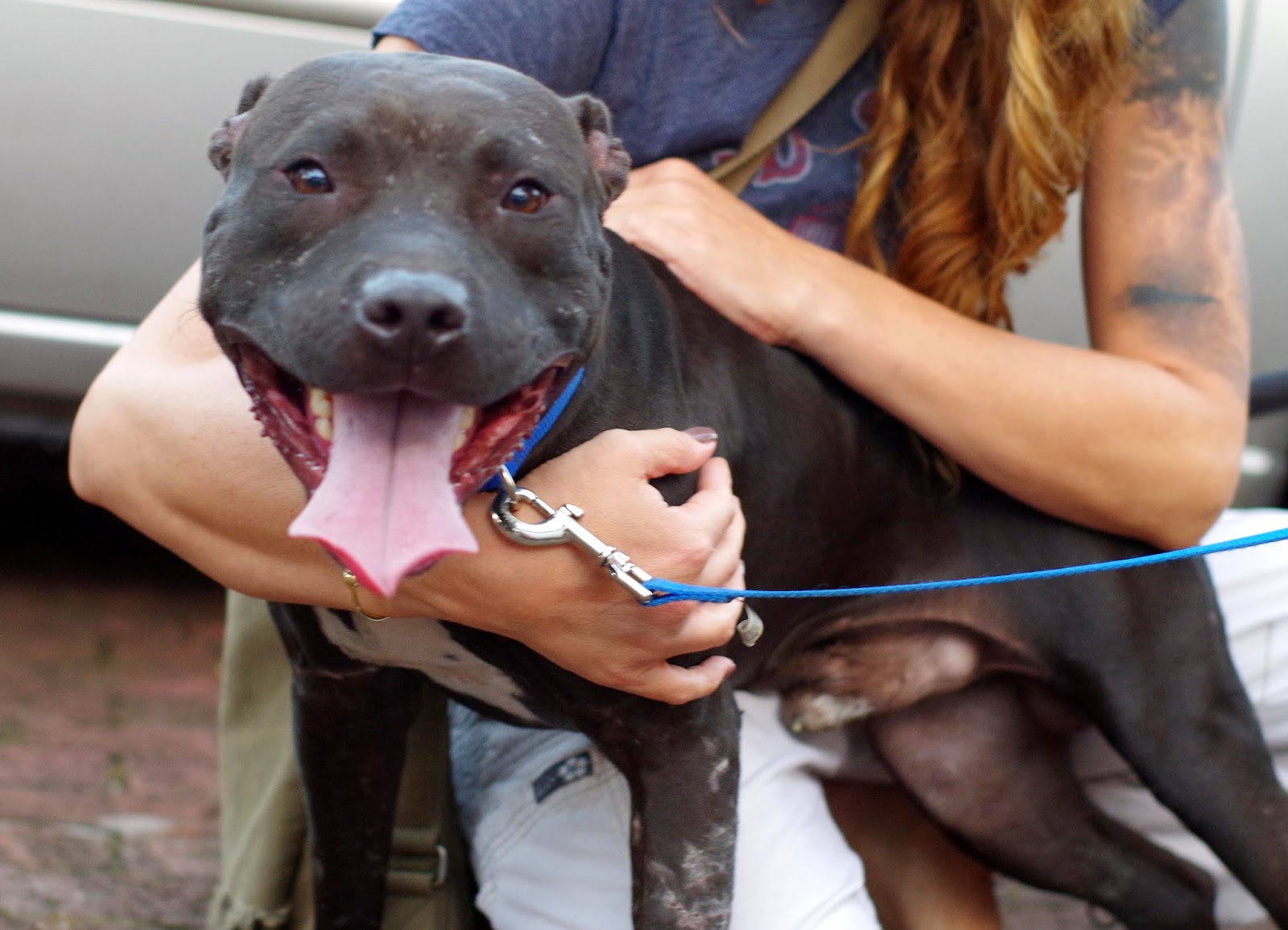Dog fighting happens. It happens less often than some people fear, but far more often than many of us wish. Dog fighting, like other “blood sports,” has been part of many different cultures around the world, for many centuries. In his fascinating book Dogs: A Dictionary of Dog Breeds (2002), Desmond Morris lists 27 different breeds that were selected, bred, and used mainly for fighting, including not only most of the “pit bull” type dogs (American Pit Bull Terriers, American Staffordshire Terriers, Staffordshire Terriers, Bull Terriers, and American Bulldogs) but also Japanese Akitas, Chinese Shar Peis, and many mastiff type dogs from all over the world.
Morris writes, “Dog-fighting is a dark chapter in the history of man’s long relationship with the canine world, and there may be some who feel that those breeds that were exclusively developed for fighting should not be included in a modern reference work such as this one. But the fact is that they were part of dog history and cannot be ignored (340). More specifically, fighting is part of the history and also the present of the particular dogs that we know and love.
Presently dog fighting harms tens of thousands of dogs, mainly pit bulls, every year in the US. It happens all over the country, in rural, suburban, and urban areas, and with participants from many different socio-econ groups. It certainly happens in north central Florida, and shelters and rescue groups regularly receive dogs who show signs of having participated in organized fighting. (It’s important to note, however, that of the many dogs who show up at shelters badly injured, few were likely used as “bait” dogs. Some were, of course, but there are many ways that dogs get hurt, including ordinary fights between “non professionals,” so we should be careful about leaping to conclusions about the history of any dog, especially those encountered as strays.)
Today local and national law enforcement authorities take dog fighting very seriously and often pursue it vigorously – both for the animal cruelty involved and because dog fighters are frequently involved in other crimes as well. In the past couple of years, the FBI and other law enforcement agencies have worked with national animal welfare organizations (especially the ASPCA and Humane Society of the US) on several huge raids on dog fighting rings. The largest, in Missouri in 2012, took in over 400 dogs, and the second largest, in several southern states in August 2013, took in 367.
Not long ago, all dogs seized in raids were euthanized as soon as their legal role as evidence was finished. Today, many are evaluated individually and treated as victims and not criminals. This change in policy is due largely to the efforts of pit bull advocates involved in helping the dogs from Michael Vick’s fighting ring, including BAD RAP and Best Friends. Individual evaluations and rehabilitation efforts have made it possible for many dogs from fighting backgrounds to become beloved family pets, therapy dogs, canine athletes, and more.
Pit bull rescue, and the rescue of dogs from fighting rings in particular, is the edge of animal rescue and welfare today. Pit bull type dogs are discriminated against in part because of their perceived association with dog fighting and other criminal activities, and pit bull advocates need to address these associations head on and show – not just argue – that these dogs deserve a chance.
Our own experiences with dogs from fighting backgrounds have been positive and often surprising. Almost all have been extremely human-oriented, affectionate, and outgoing – which is not the surprising part, since in that regard, they are typical pit bulls. What is surprising is how easily most have adjusted to life as family pets and also how well many of them get along with other animals, including dogs and also cats.
Work with dogs from fighting backgrounds reinforces the wisdom of treating ever dog as an individual. Some dogs from fighting pasts are timid around new people or reactive with new dogs — but not any more than other dogs we meet. The same is true of dogs that we’ve taken from cruelty cases and confiscations. They all respond to trauma differently, and making generalizations is not accurate — and it doesn’t help us get to know the dogs or help them. What defines a dog is not “all how they’re raised,” in other words, but a combination of nature, nurture, and ongoing care and management.
While vigorous law enforcement is crucial, the other key to ending dogfighting is education. The most effective educators, of course, are the dogs themselves.






These pictures are beautiful, and tell you everything you need to know about the heart and spirit of a Pittbull. It makes me so sad to see the rep they get because people raise and use them in terrible and very sad ways. They are amazing dogs and can make any family so happy. I have a Pitt, and she is literally the light and joy in in our home.
ReplyDeletehttp://ironkingkennels.com/forsale.html